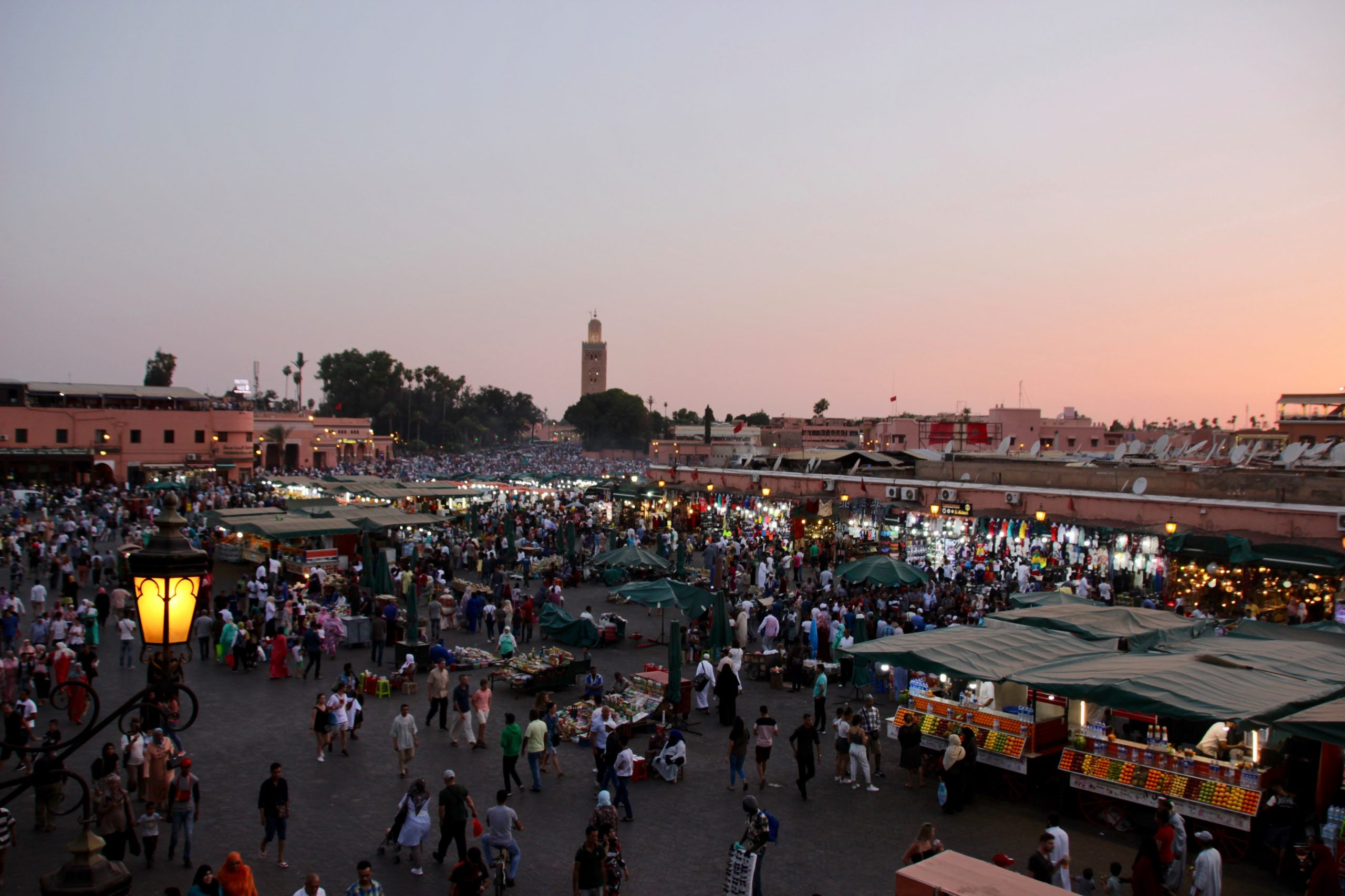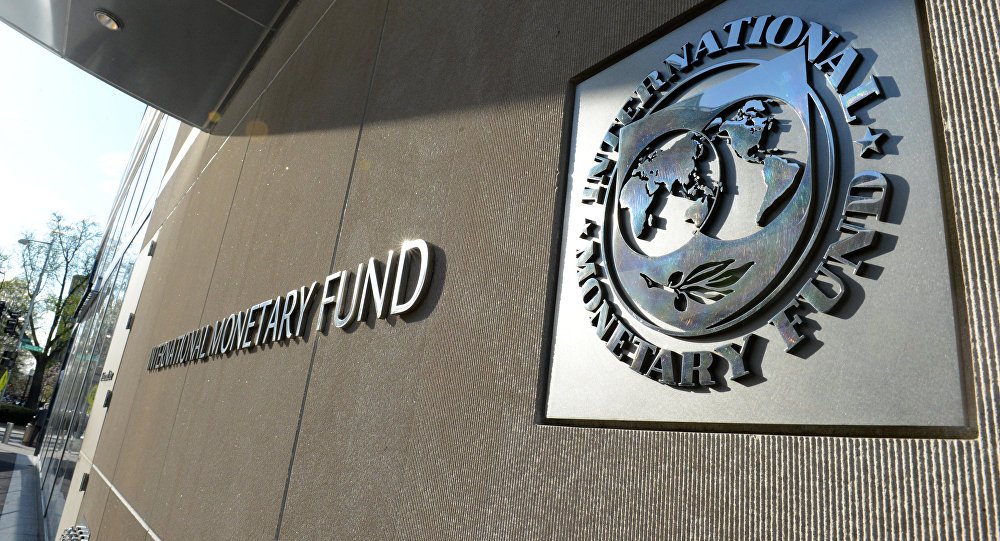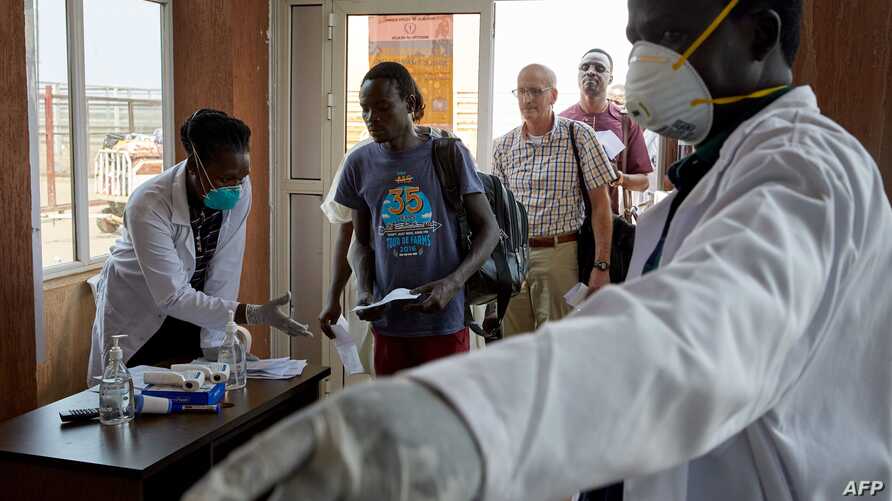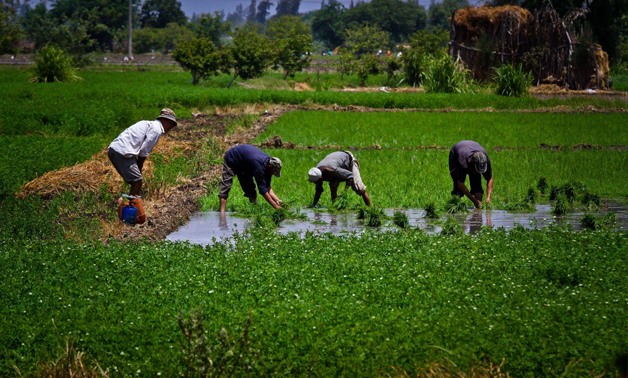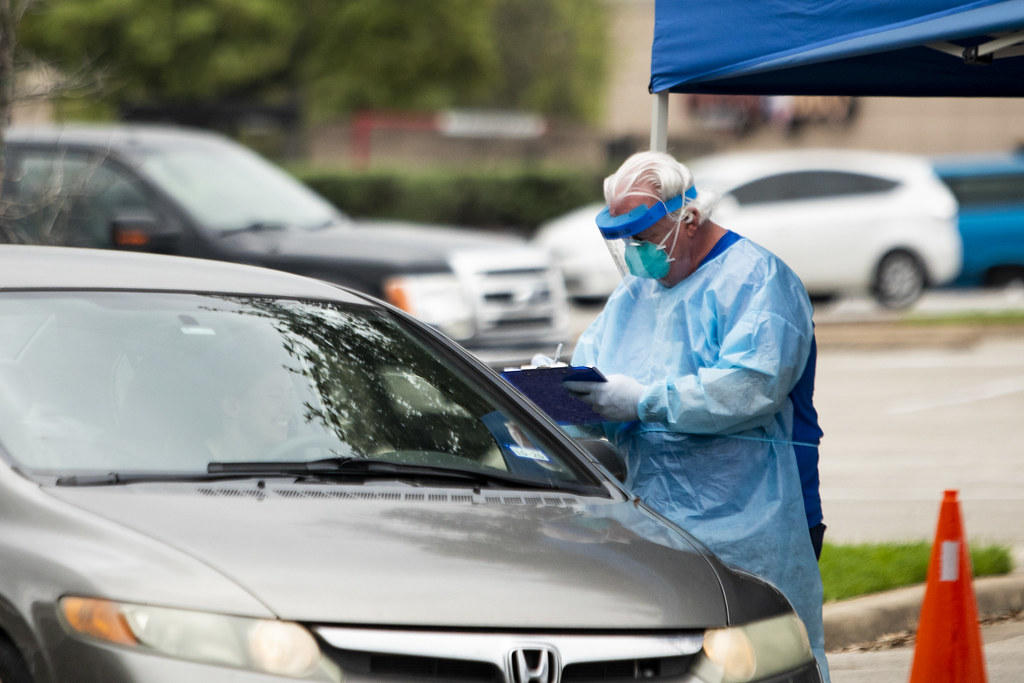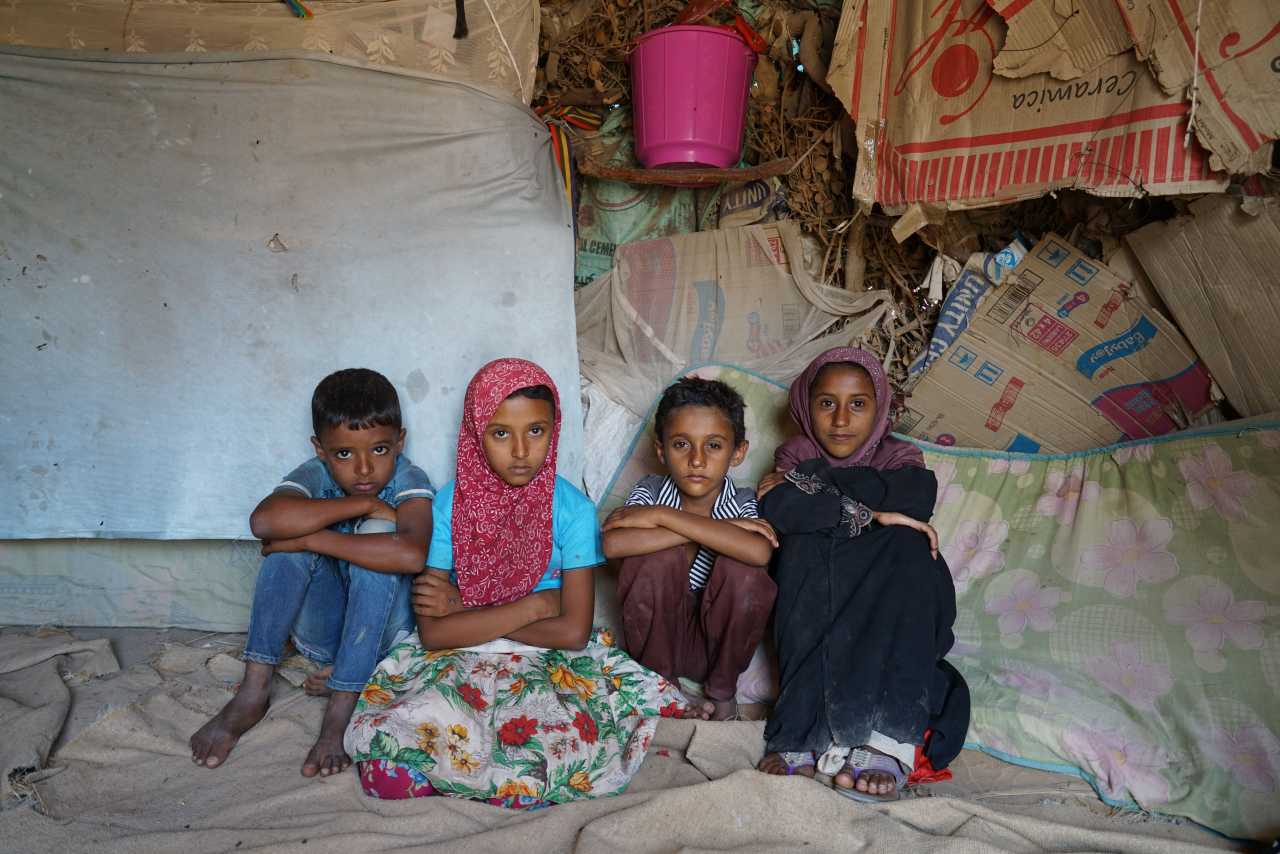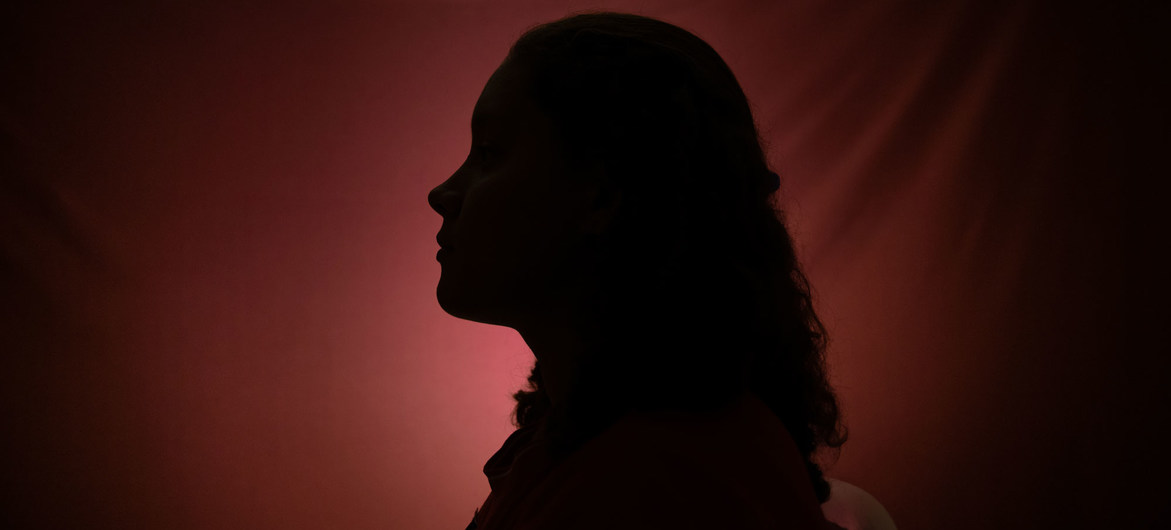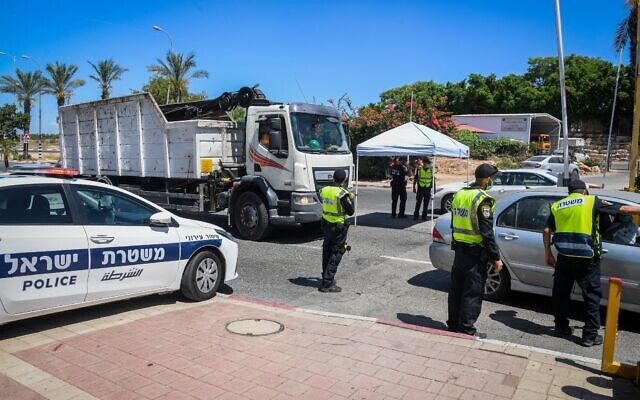With no tourists for the past three months, Morocco’s artisans are feeling the pinch, nowhere more so than in the country’s famed “Ochre City,” Marrakech. In response, organizations and businesses have found innovative ways to support the medina’s creatives through new online marketplaces and social media auctions.
‘Save the Medina’
Marrakech-based interiors and accessories company Chabi Chic, founded by Vanessa Di Mino and Nadia Noel, has helped popularize Moroccan handicrafts and expertise worldwide thanks to its five Marrakech boutiques and online store.
In the wake of the COVID-19 crisis which has decimated the local tourism industry, Chabi Chic decided to mobilize its huge online and international following, with the backing of Instagram stars such as Yasmina Olfi (Fashion Mint Tea), to provide a free online platform for medina artisans to sell their wares.
“The borders are closed, and the artisans are dying,” is the simple and stark message Chabi Chic shared with 84,200 Instagram followers on June 22 when they launched the Save the Medina initiative after four long months of COVID-19 confinement.
Recognizing that it would be almost impossible for many medina shop owners and craftspeople to take their business online, Chabi Chic have stepped in to provide the logistics — item selection, marketing, packaging and shipping — commission-free.
Chabi Chic have now dedicated a sales area on their website to selling handicraft and interior items directly from makers, who would usually rely on tourists and foot traffic, to the world fuelled by the power of online selling and social media.
Their “Save the Medina” campaign has been a great success so far, with items shown on Chabi Chic’s Instagram stories selling before they can even make it to the website.
Meanwhile, the Marrakech Creative Interior Cluster (MCIC) and 1000 Artists have decided to use online auctions of handmade Moroccan goods as a way of raising awareness and money for medina artisans.
‘Marrakech Creative for Love’
MCIC has been advocating and promoting artisanal savoir-faire since 2016, with an emphasis on improving competitiveness and growing regional, national, and international market opportunities for the artisans in the cluster. As soon as COVID-19 hit, they began providing support directly to artisans’ families hardest hit by the crisis, and have to date raised MAD 150,000 ($15,400) through their Instagram auctions.
“We’ve gauged the importance of supporting the social fabric of the creative sector in Marrakech, and Morocco,” MCIC Communication Director Mathilde Some told Arabia Policy.
“That’s why we decided to launch the campaign, ‘Marrakech Creative For Love,’ an Instagram page for auctions of creations made in Marrakech, and where all of the money raised will be given to 30 associations who help all the families, with whom, design and creation live in the heart of the Ochre City.”
MCIC also went with the auction concept as it encourages people to make sustainable, conscientious purchases and raises the profile of the artisans, which they hope will create greater opportunities for Marrakech’s artisans post-COVID-19.
“It’s been a success, notably thanks to the ever growing number of creators that want to join our campaign,” Some said, adding that MCIC plans to keep evolving the project and next will “shine the spotlight on certain artisans, whose pieces we will then sell directly through our Instagram page.”
1000 Artists
Jihane Boumediane from 1000 Artists also struck upon the idea of running an action in aid of artisans enduring tough circumstances during the COVID-19 pandemic. Each item sold through the Instagram page supports Marrakech’s makers by providing a sale for the creator, and any extra money raised above the recommended retail price is donated to an artisan retired, or no longer making an income.
Boumediane has already sent MAD 1,000 ($100) worth of food packages to support elderly, disabled, and retired artisans in the Ourika region, outside of Marrakech. She plans to continue giving food aid to those in need, while also raising the profile of various creatives and collectives operating in and around Marrakech through the 1000 Artists Instagram page.
Read also: Europe to Reopen Borders to Algeria, Morocco, Tunisia

